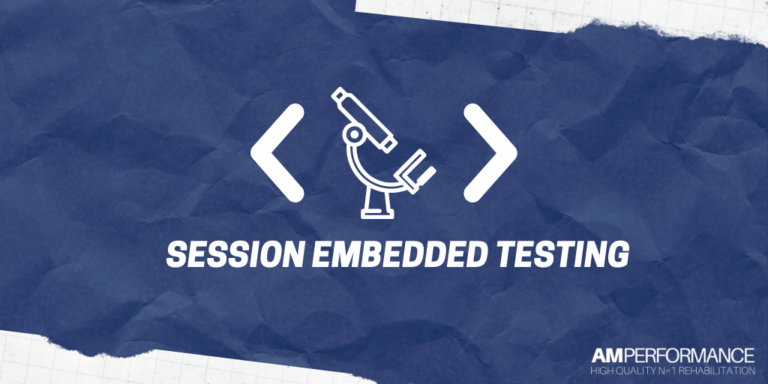Test – Intervene – Retest – Analysis
There is inevitably physical standards that we want to test, track and achieve with athletes and this is commonly in association to multitude of factors.. those being performance, technical/tactical-game plan, robustness etc
Through familiar thinking we can relate to this first line flow or process above especially during pre-season and regardless of whether you’re a coach, clinician or sport-scientist. At some point we’ve wanted endless athlete information, insights and data points – Of course fed by an unrealistic quantity of tests. So we’re forced to compromise and prioritise our testing and monitoring…
As a Physio or when rehabbing an athlete pre-injury baseline information is essential to quantify and strategise the return-to-performance criteria and especially information that tells us an athletes strength or the nuances under that umbrella. The more snapshots of an athletes physical abilities over time we have (esp recent), the clearer we can be setting physical standards. However, we can find ourselves rehabbing injuries we don’t have previous performance metric for because we couldn’t collect our supersized battery of tests.
In my episode with Alex Natera he discussed the value of saving the stimulus for when you need it in the context of isometric training. We know that Isometric training yields positive strength returns, then if we couple this with the fact that during a season team sports athletes may not enjoy the DOMS caused especially from eccentrics – Then Isometrics can be a productive and schedule convenient training stimulus.
In season is hectic to say the least and athletes can express ‘test fatigue’ if we’re not cognisant of their total load mentally and physically. If during training you measure and collect data for the isometric training efforts as nice fmax outputs, then over time you can collect the potentially lesser prioritised metrics that will give your Physio at the very least a richer library of pre-injury reference points albeit a compromise on testing sterility sometimes.


